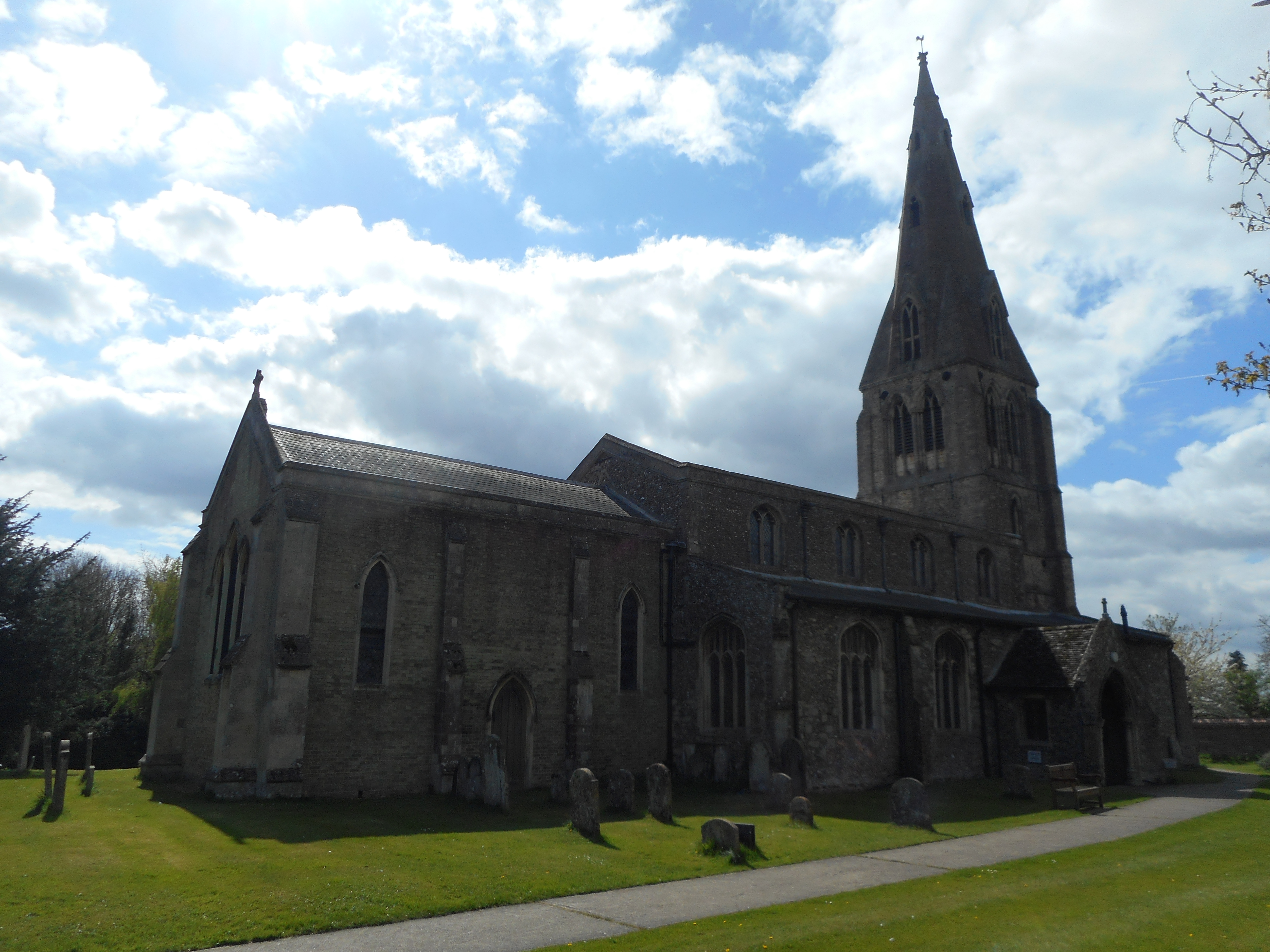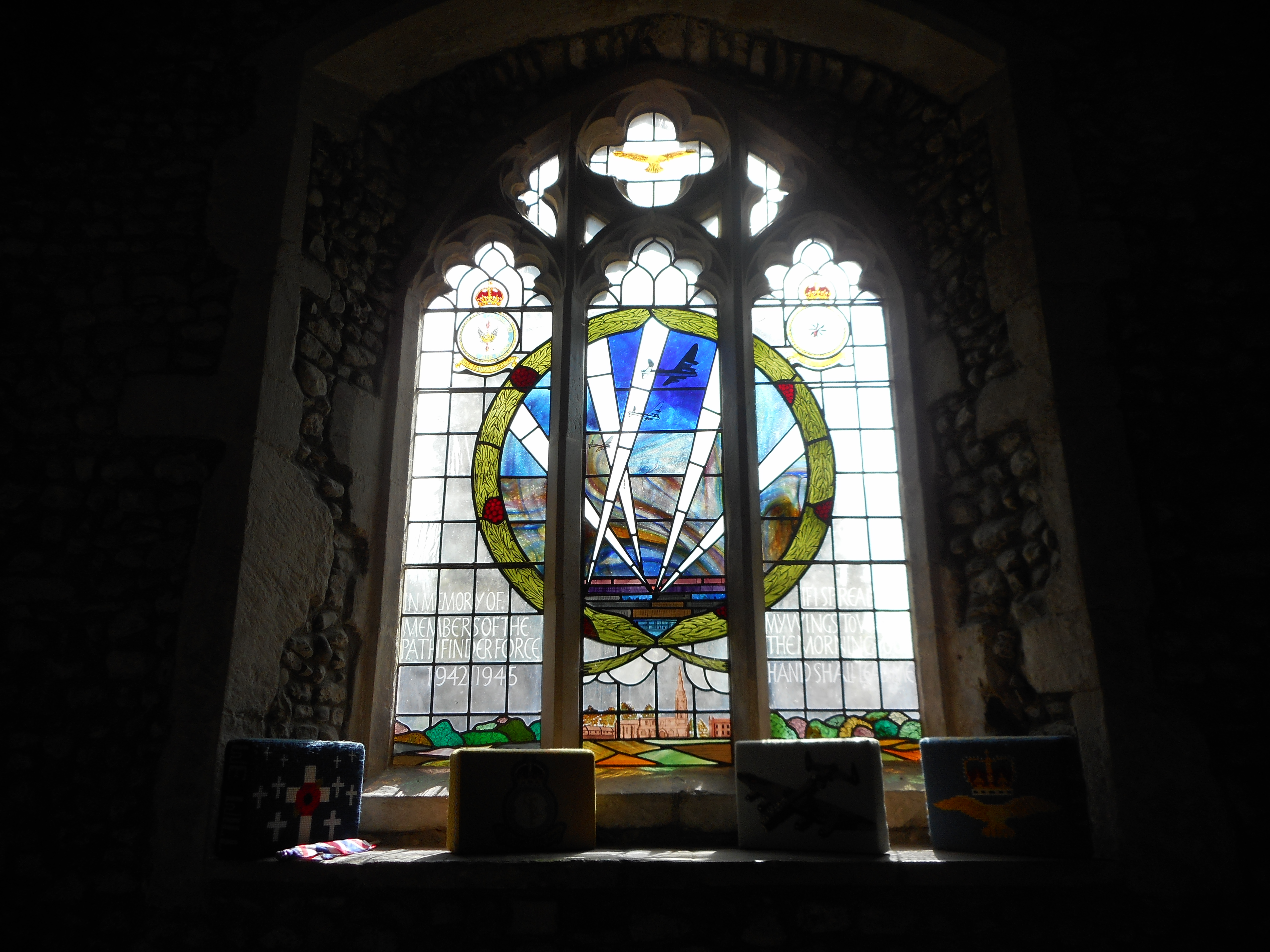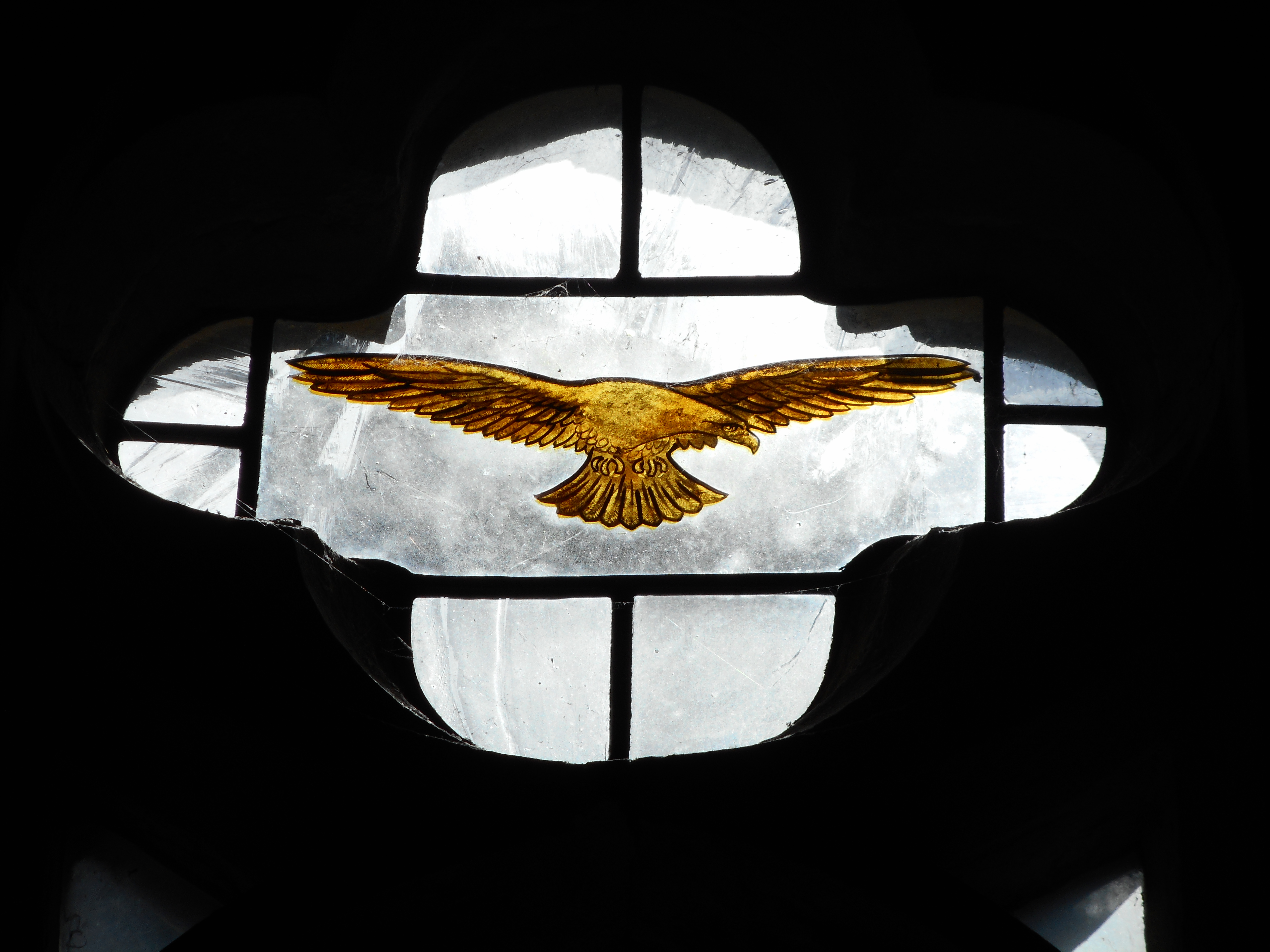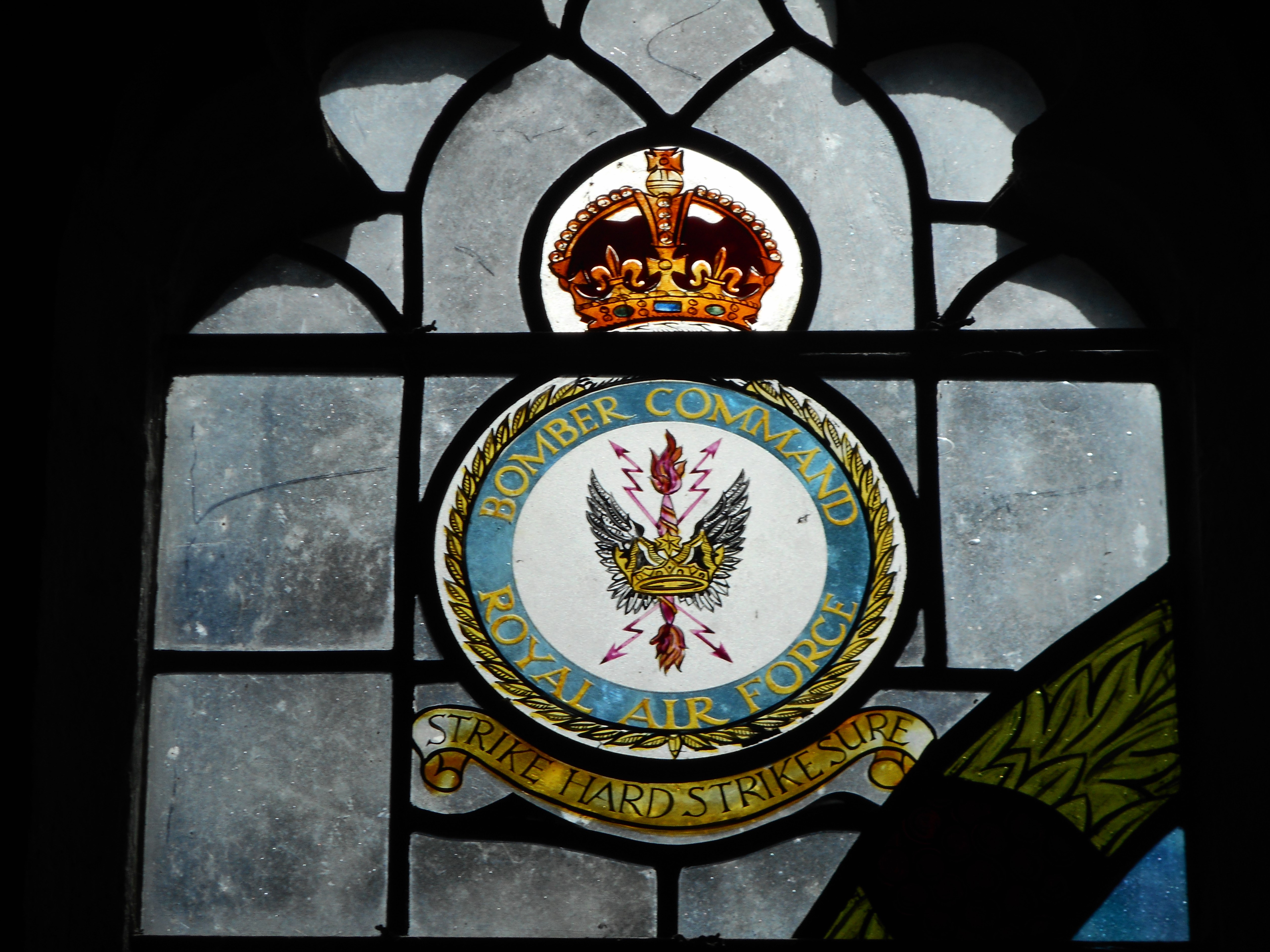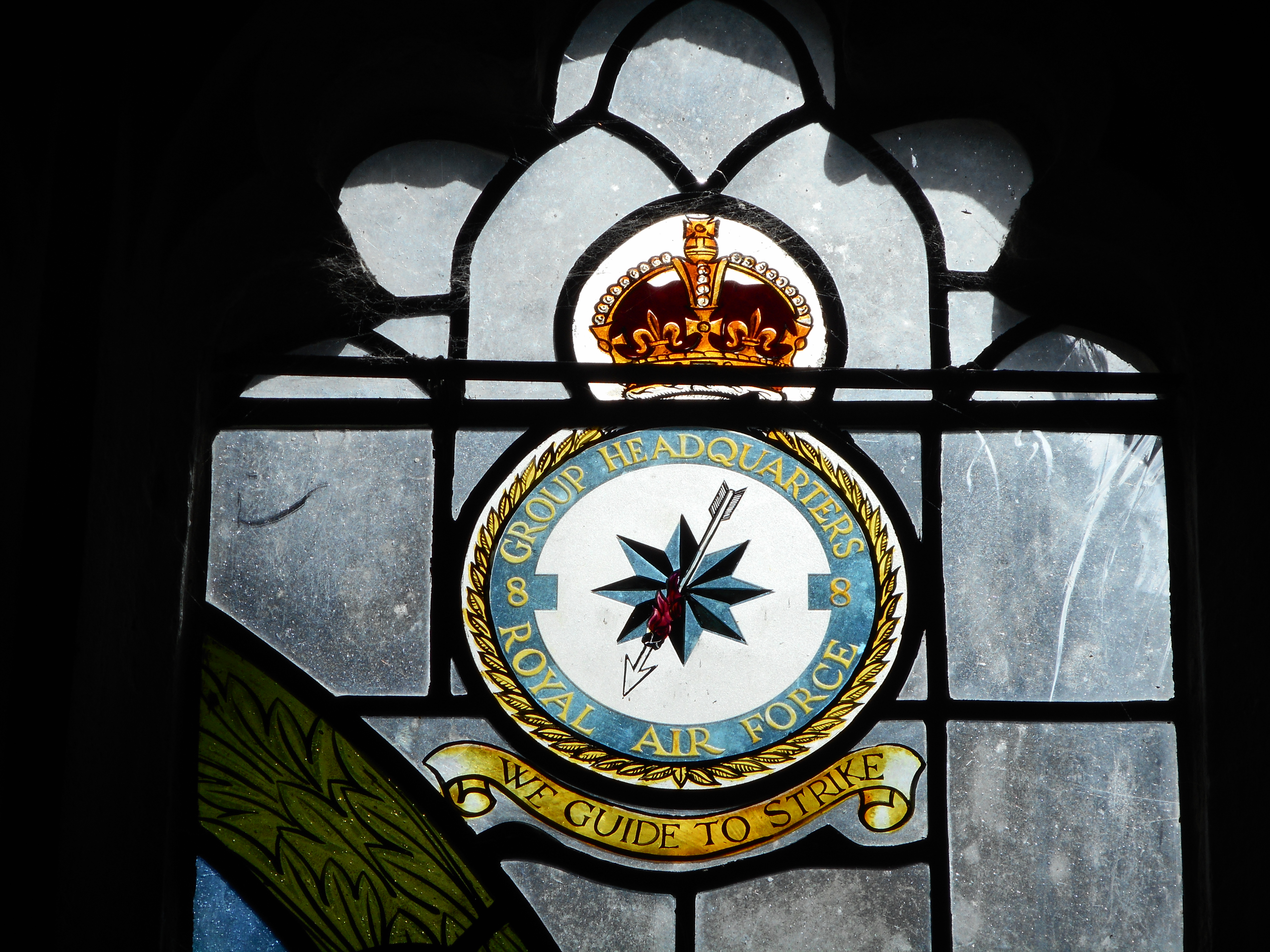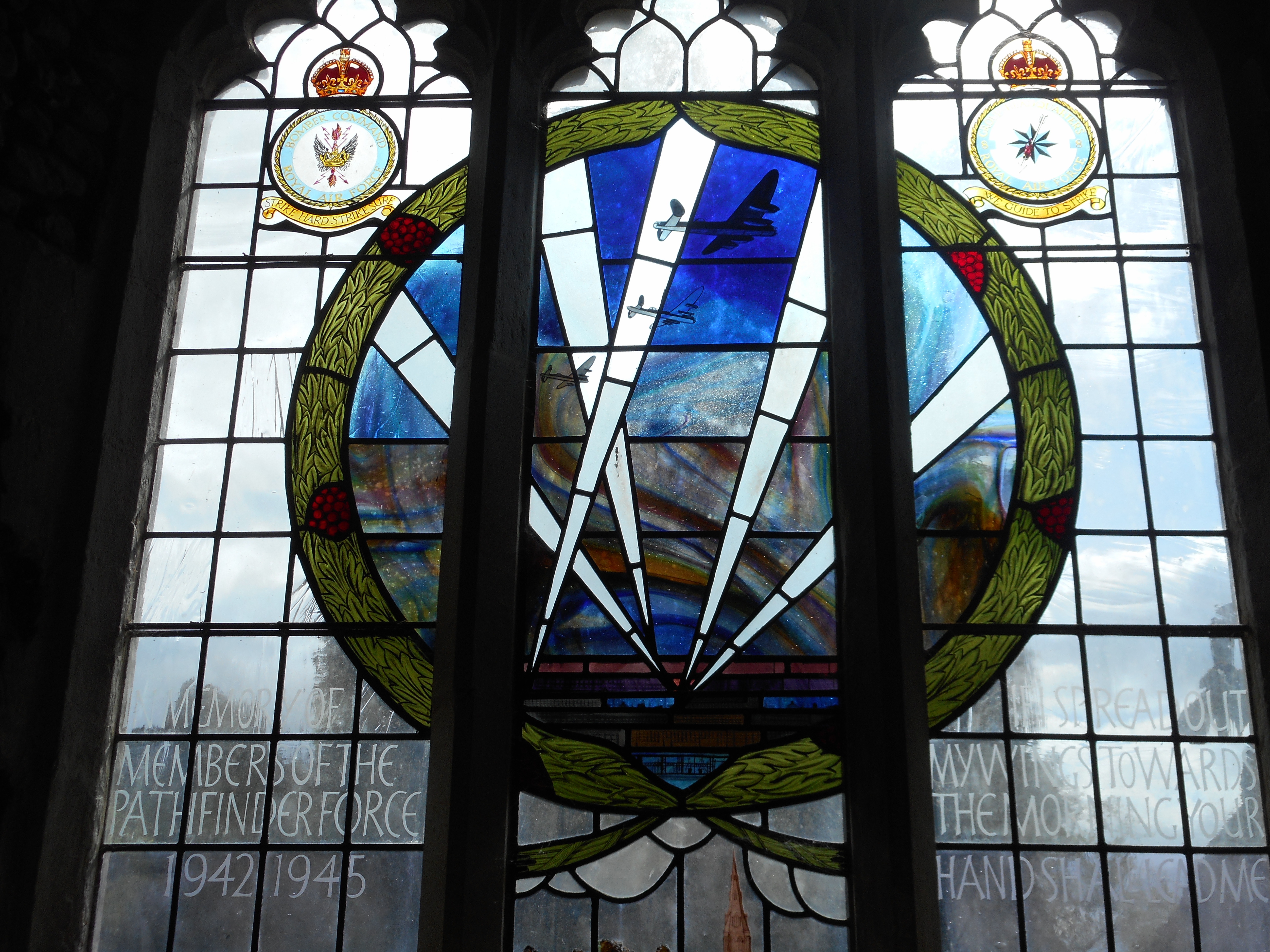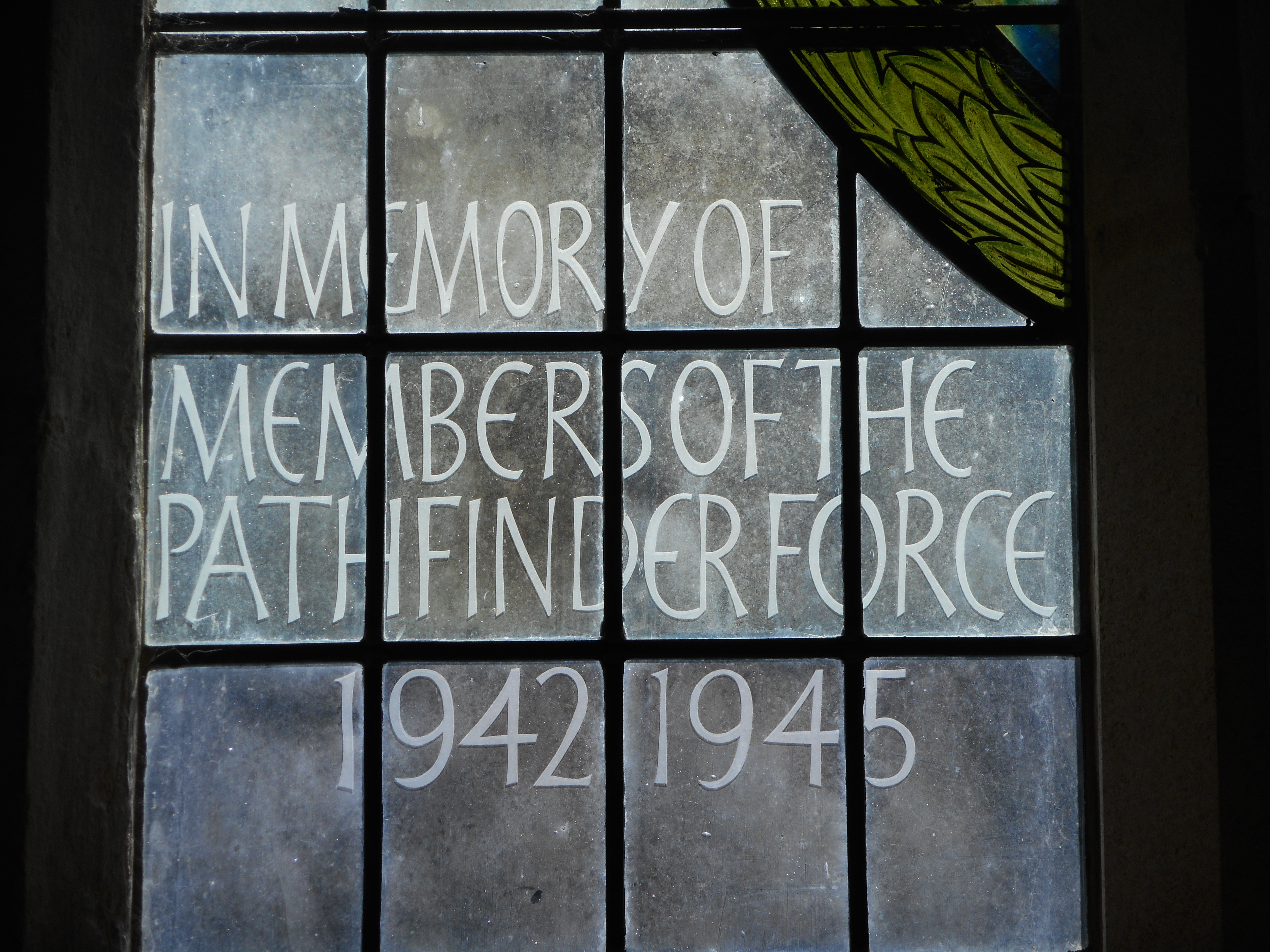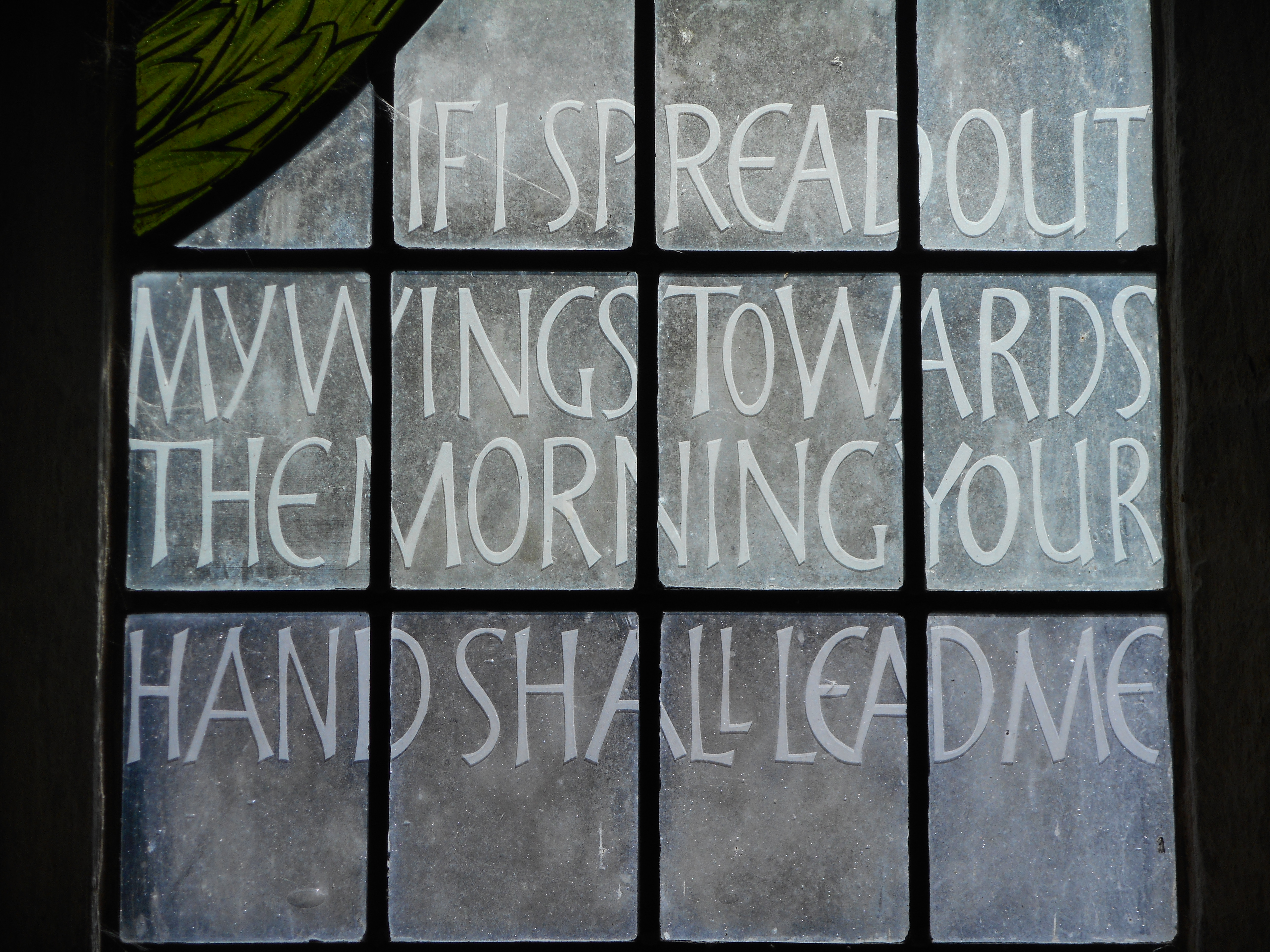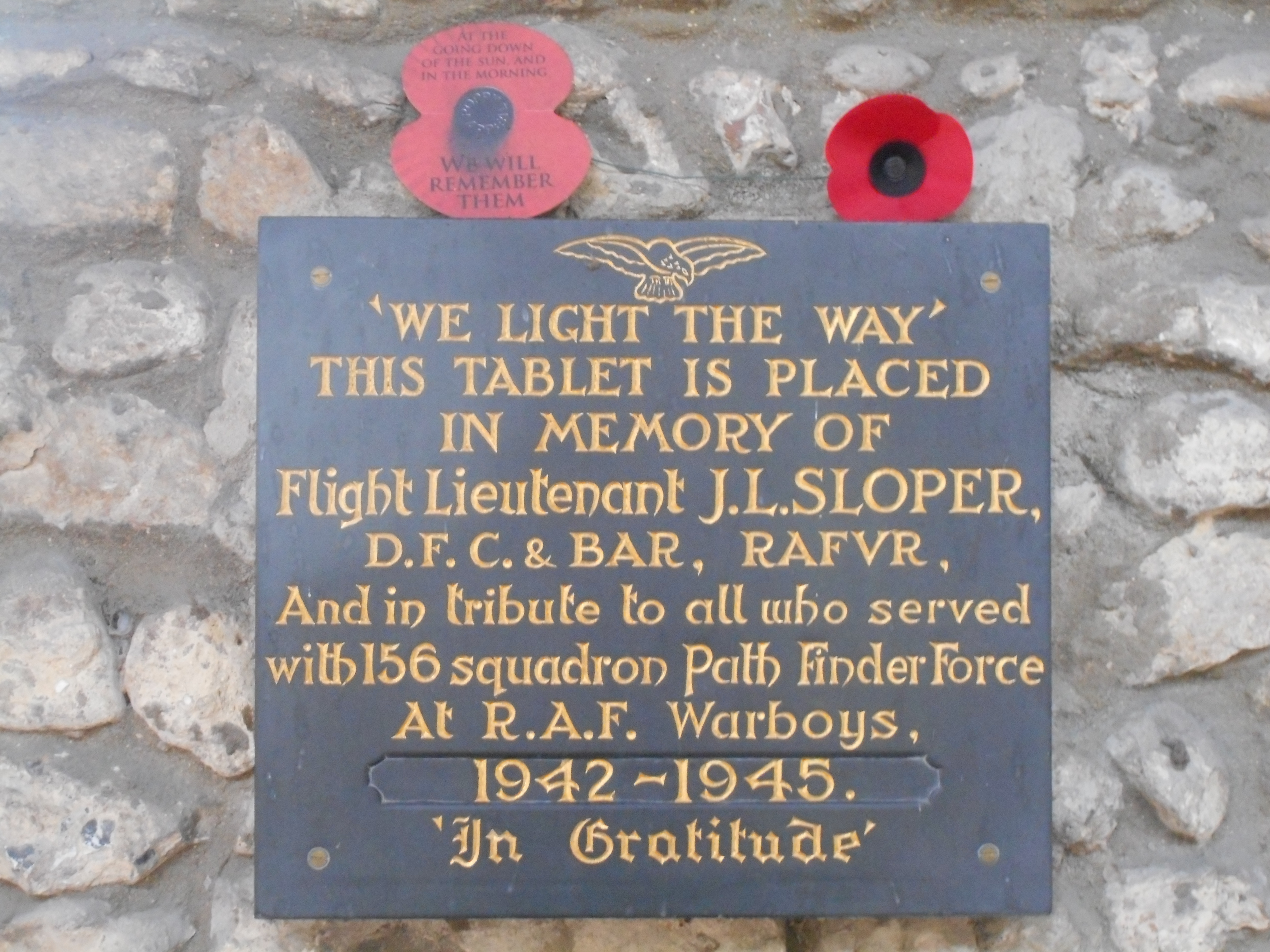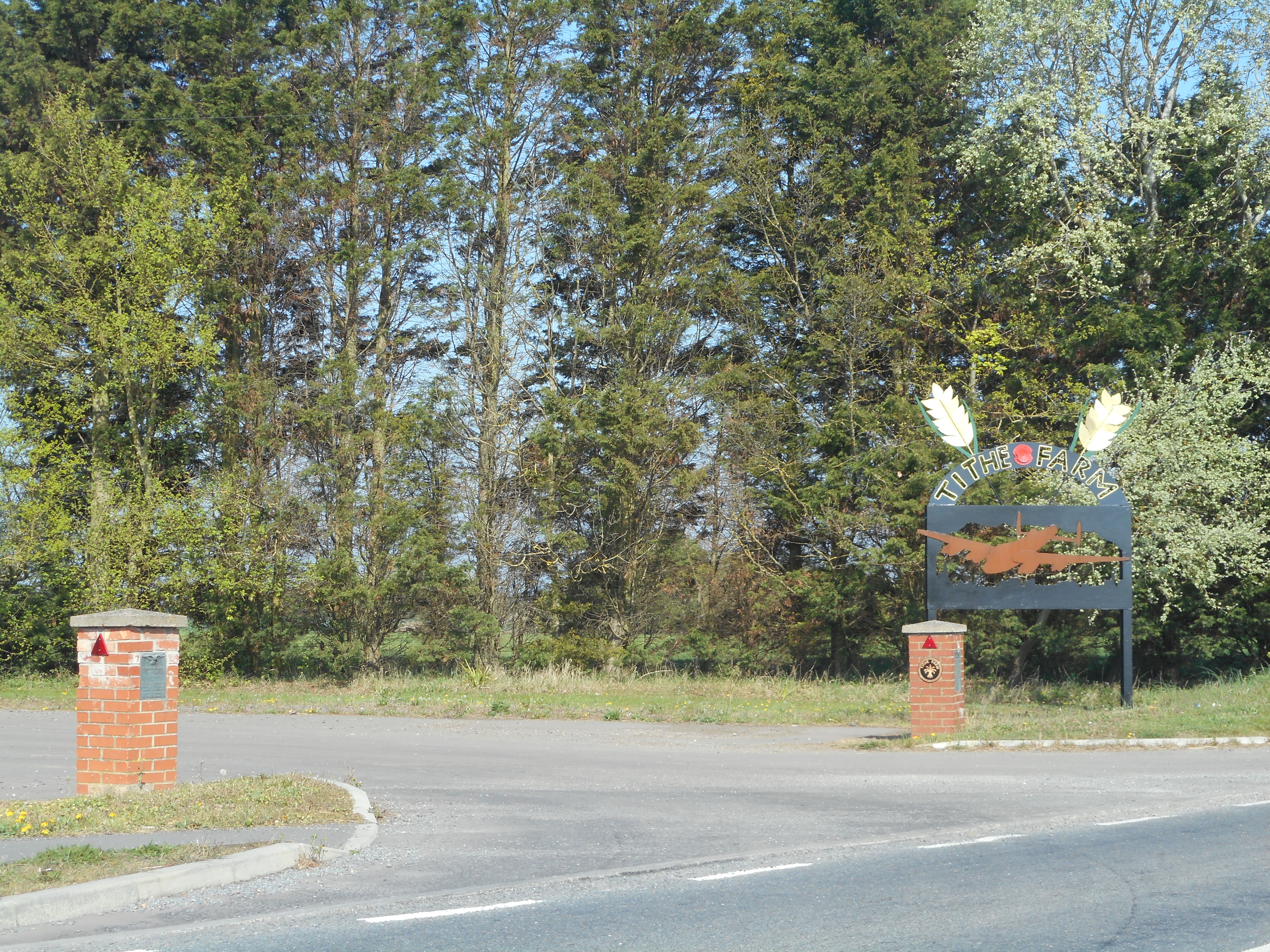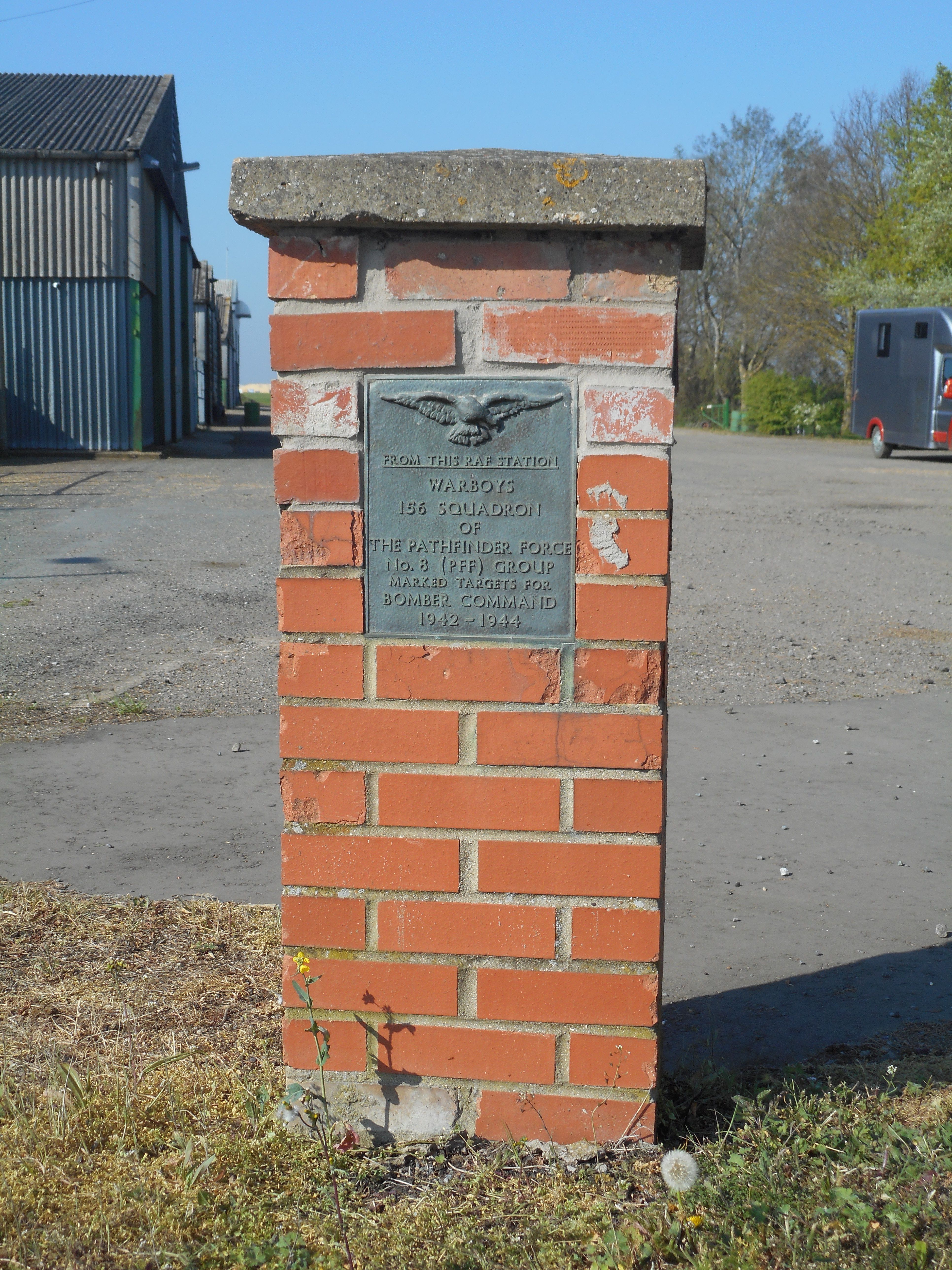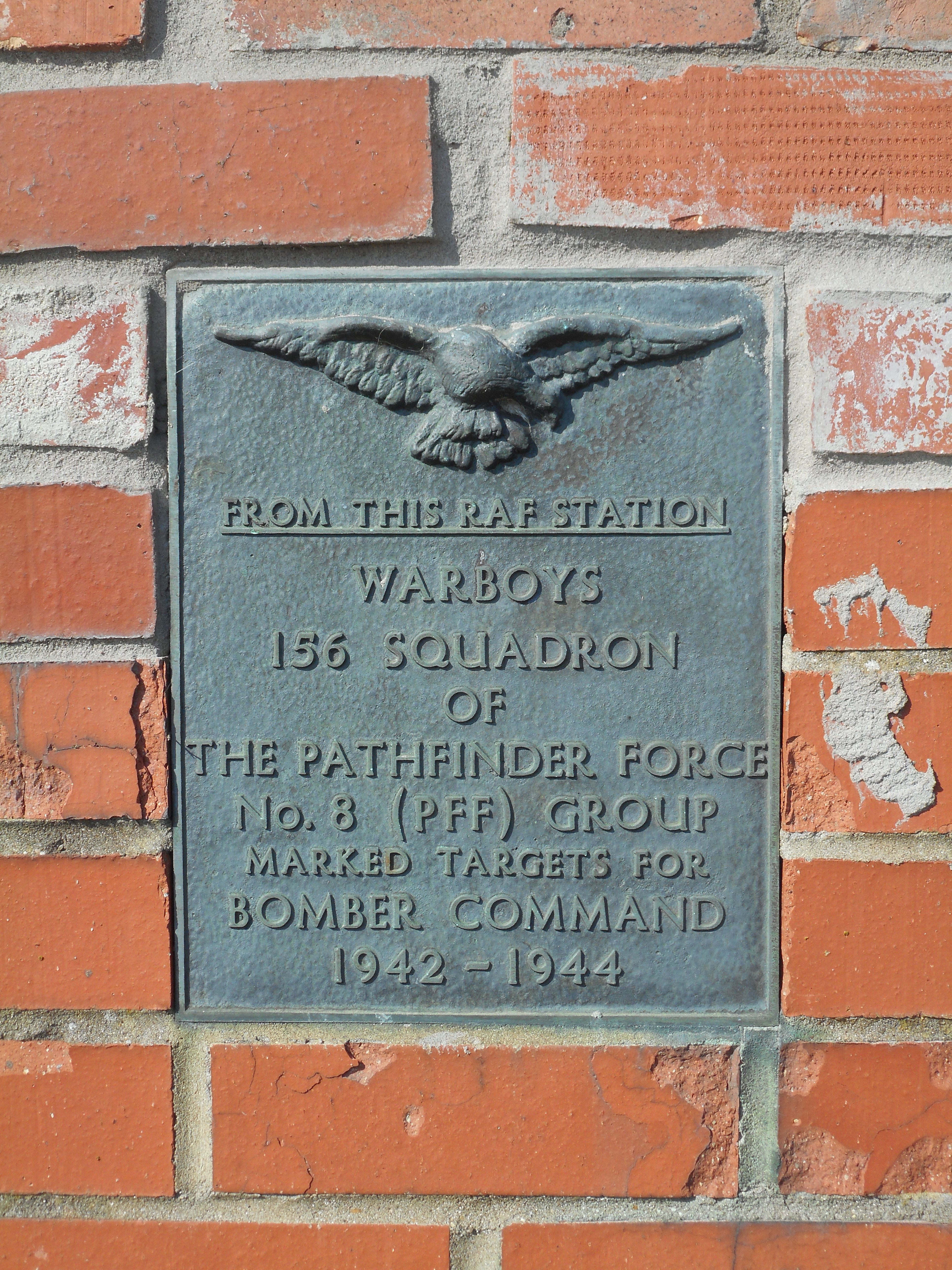Stewart, Herbert William Joseph
Personal Information
| Rank | F/L |
| Forename(s) | Herbert William Joseph |
| Surname | Stewart |
| Gender | M |
| Age | 24 |
| Decorations | DFC |
| Date of Death | 23-11-1943 |
| Next of Kin | Son of Joseph and Effie D. Stewart, of Montreal, Province of Quebec, Canada. |
Aircraft Information
| Aircraft | Avro Lancaster III |
| Serial Number | JB223 |
| Markings | GT-M |
Memorial Information
| Burial/Memorial Country | Germany |
| Burial/Memorial Place | Berlin 1939-1945 War Cemetery |
| Grave Reference | 1. G. 3. |
| Epitaph | FATHER IN THY LOVING KEEPING LEAVE WE NOW OUR LOVED ONE SLEEPING |
IBCC Memorial Information
| Phase | 2 |
| Panel Number | 248 |
Enlistment Information
| Service Number | J/15536 |
| Service | Royal Canadian Air Force |
| Group | 8 |
| Squadron | 156 |
| Squadron Motto | We light the way |
| Trade | Air Gunner |
| Country of Origin | Canada |
Other Memorials
| Location | St. Mary Magdalene Church, Warboys, Cambridgeshire |
| Country | United Kingdom |
| Memorial Type | Stained Glass Window & Inscribed Slate Tablet |
| Memorial Text | We light the way" This tablet is placed in memory of Flight Lieutenant JL Sloper DFC and Bar, RAFVR. And in tribute to all who served with 156 Squadron Path Finders Force at RAF Warboys, 1942-1945, In gratitude. |
| Location | Tithe Farm, Warboys, Cambridgeshire |
| Country | United Kingdom |
| Memorial Type | Brick Pillars and inscribed Metal Plaques |
| Memorial Text | From this RAF Station Warboys 156 squadrons No 8 (PFF) group, marked targets for Bomber Command 1942-1944 |
Commonwealth War Graves Commission
The National Archives
| Record of Events (Operational Record Book) AIR 27/1041/44 |
| Summary of Events (Operational Record Book) AIR 27/1041/43 |
Fellow Servicemen
Please note that this list gives all the losses aboard the quoted aircraft and occasionally these may have occurred on an earlier date when the aircraft was not itself lost. Please check the dates of death carefully.
Last Operation Information
| Start Date | 23-11-1943 |
| End Date | 24-11-1943 |
| Takeoff Station | Warboys |
| Day/Night Raid | Night (15% moon) |
| Operation | Berlin. 365 aircraft using the same route as the previous night. The Germans had predicted Berlin as the target and had gathered their night-fighters in the target area. Radio interceptions of the German radios from England and some spoof fighter flares depleted their numbers but even so, 20 Lancasters were Lost, representing 5.2% of the force. One positive result of the night-fighter presence was the restraint on the part of flak batteries- for fear of downing their own aircraft. Once again the target was cloud covered so PFF used sky-markers. In fact many of the previous night's fires were still ablaze and the glow showed through the cloud sufficiently to allow accurate bombing. Much further destruction was caused, although it is difficult to be specific since the two raids were so close together that the German authorities created only one report. Approximately 1500 deaths on the ground. |
